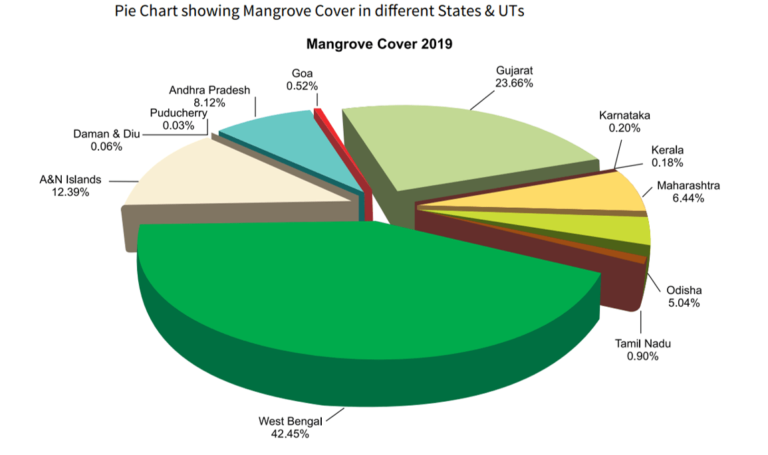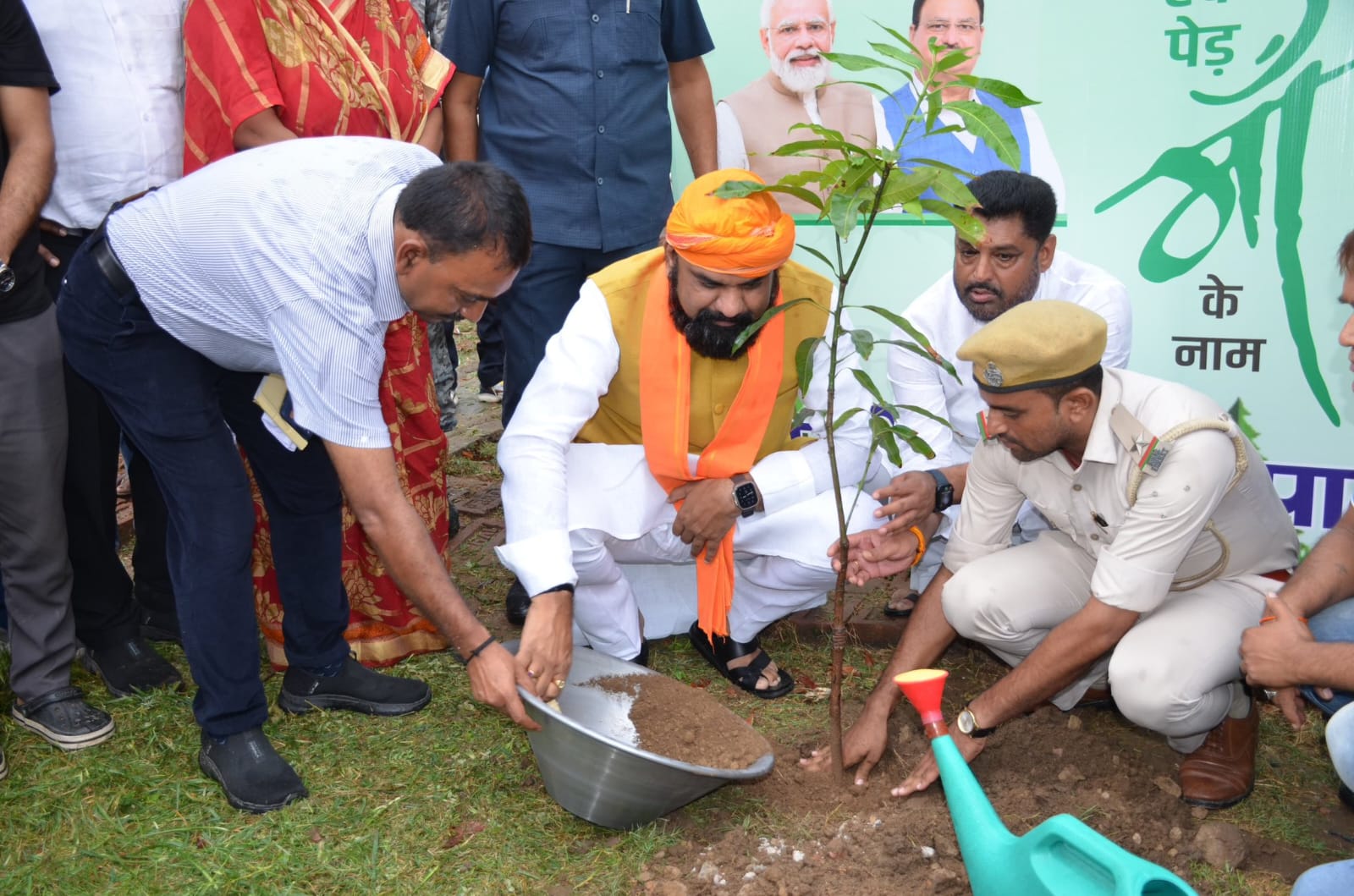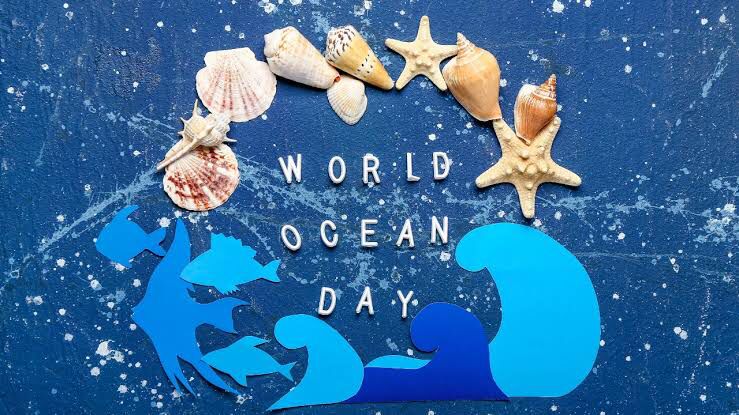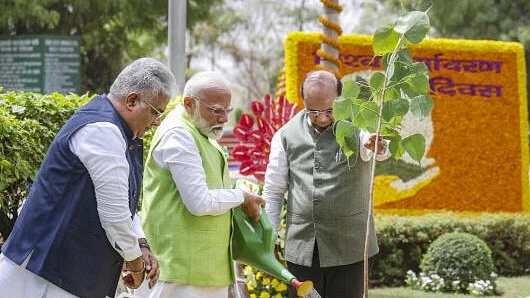The first ever global assessment for the ICUN Red list of Ecosystems…

Mangroves in South India, Sri Lanka Labeled ‘Critically Endangered
▪The International Union for Conservation of Nature (IUCN) has issued a new report cautioning that half of the world’s mangrove ecosystems are at risk of collapsing.
▪This marks the first comprehensive global assessment of mangroves by IUCN.
▪ The report, titled “Red List of Mangrove Ecosystems,” unveiled these findings on International Day for Biodiversity (22 May).
▪ Mangrove ecosystem in South India, shared with Sri Lanka and Maldives, is categorized as “critically endangered”.
Table of Contents
Ecosystems▪ In contrast, mangrove ecosystems in the Bay of Bengal region (shared with Bangladesh) and the western coast (shared with Pakistan) are classified as “least concerned”.
▪ India has about 3% of the total mangrove cover in South Asia.
▪ India’s mangrove cover has increased by 54 sq km (1.10%)
compared to the previous assessment.
▪ The current mangrove cover in India is 4,975 sq km, which is 0.15% of the country’s total geographical area.
▪ West Bengal (42.45%) has the largest share of India’s mangrove cover, followed by Gujarat at 23.66% and Andaman & Nicobar Islands at 12.39%.
▪ The South 24 Parganas district of West Bengal alone accounts for 41.85% of India’s mangrove cover. This region includes the Sundarbans National Park, one of the largest mangrove forests in the world.
▪ Gujarat has shown the maximum increase of 37 sq km in mangrove cover.
▪ Coasts along the Northwest Atlantic, North Indian Ocean, Red Sea, South China Sea, and Gulf of Aden are predicted to be significantly impacted.
▪ Without increased conservation, about 7,065 sq km (5%) more mangroves could be lost, and 23,672 sq km (16%) will be submerged by 2050.













